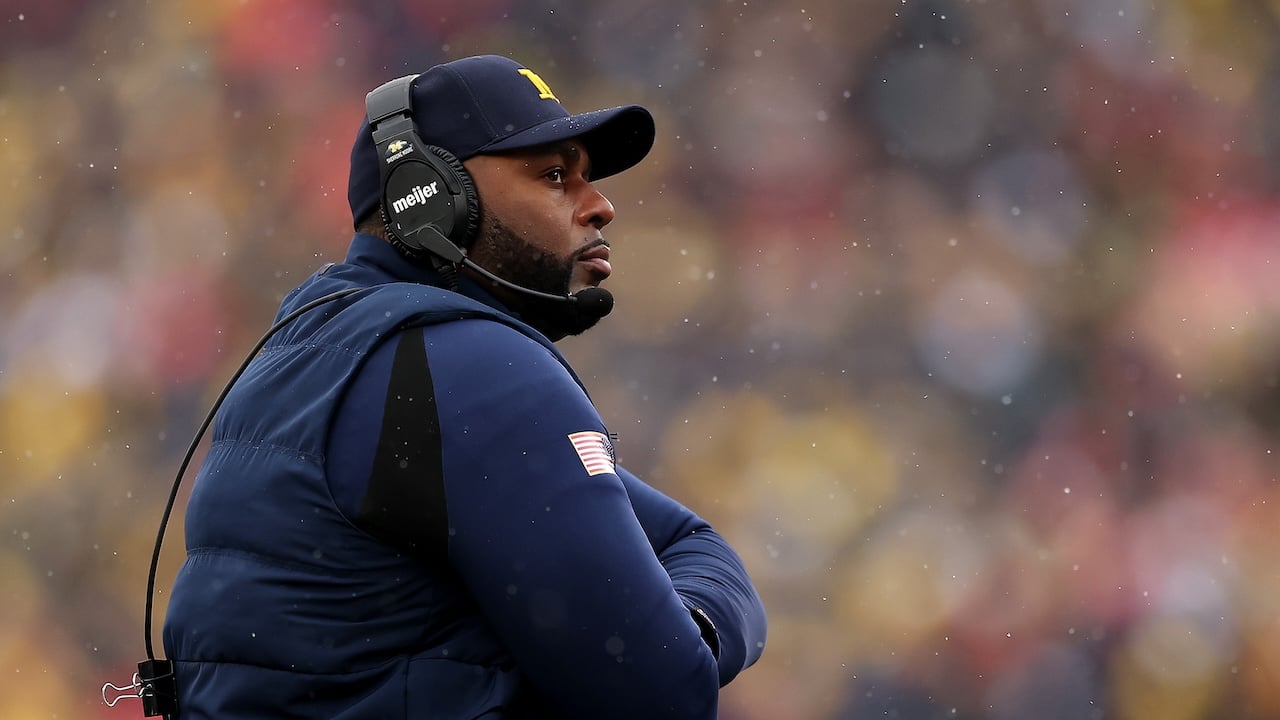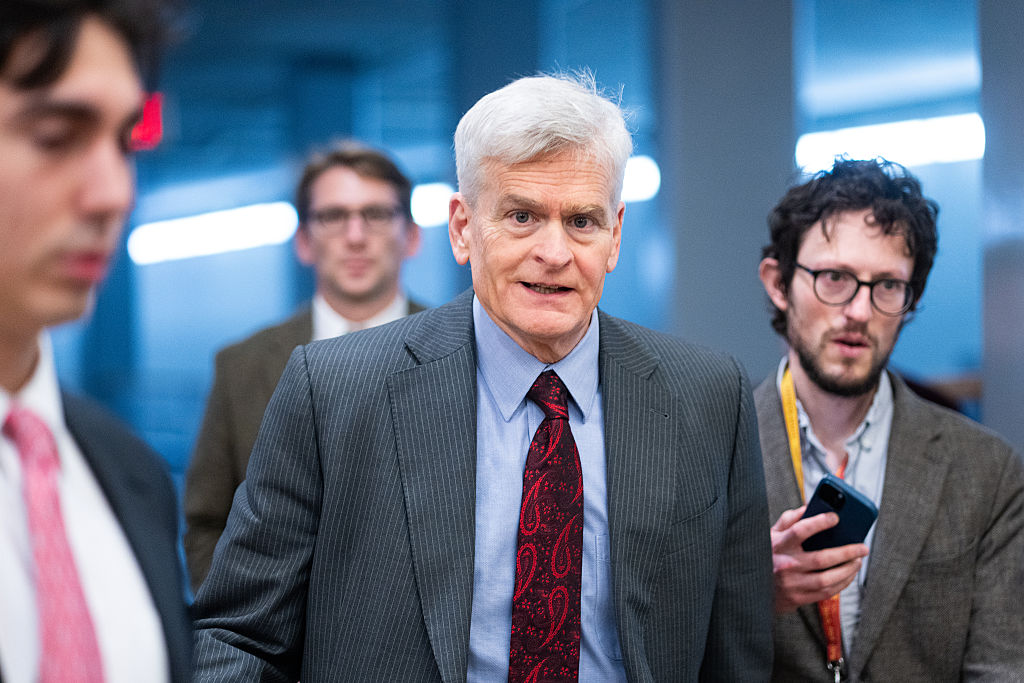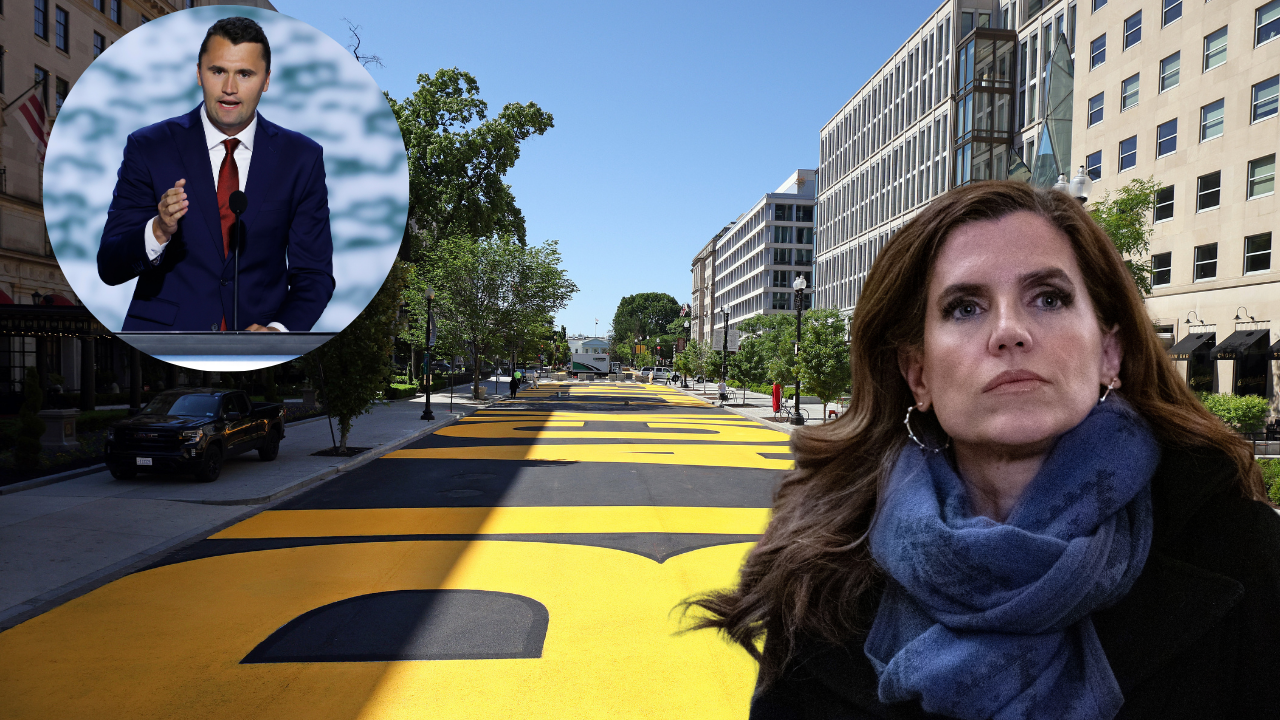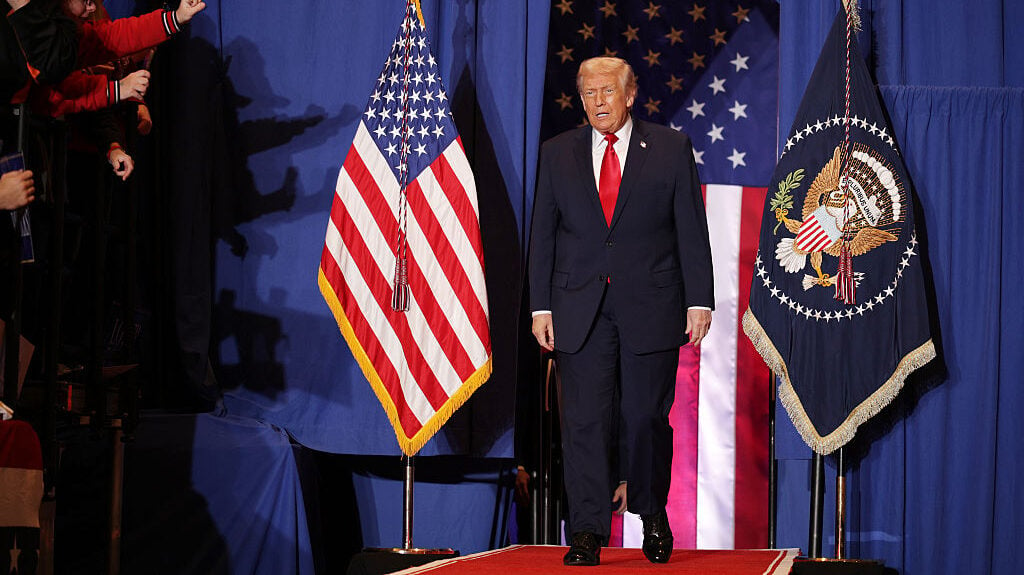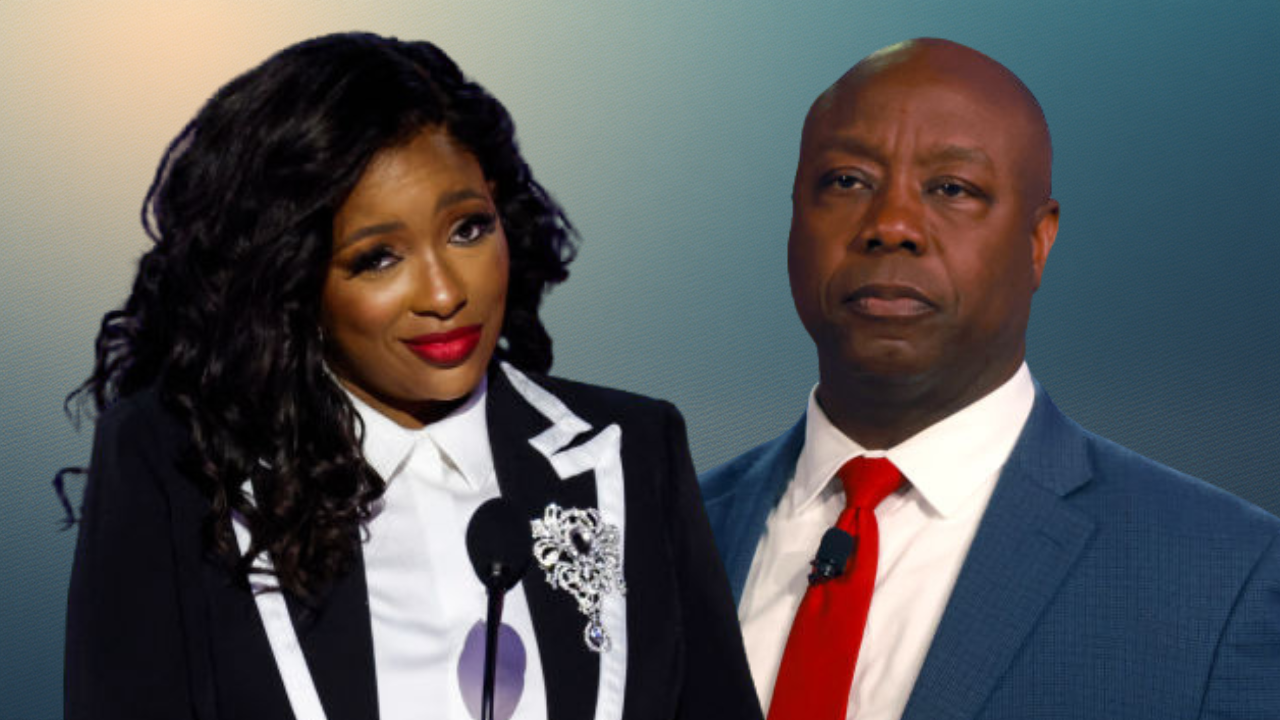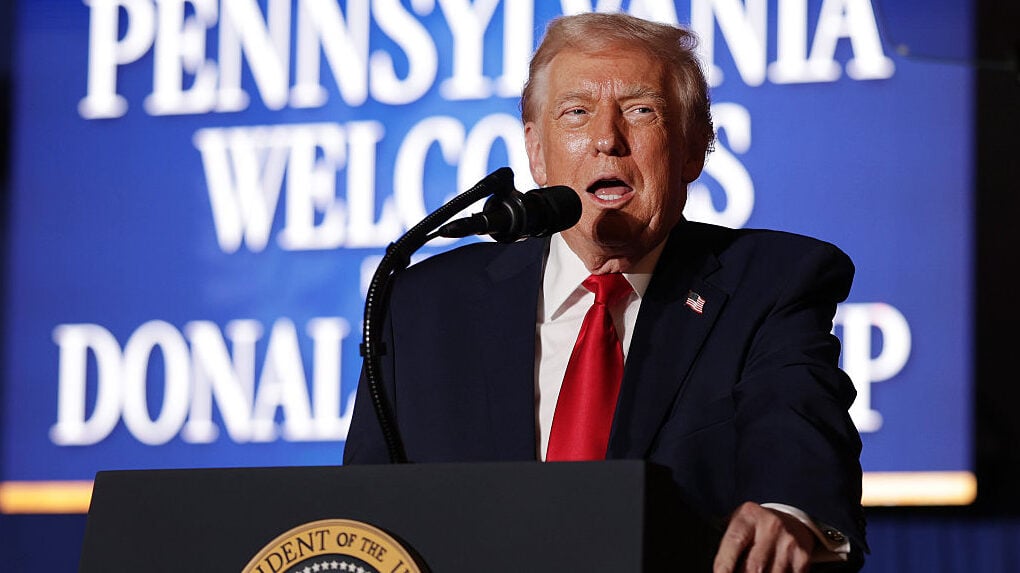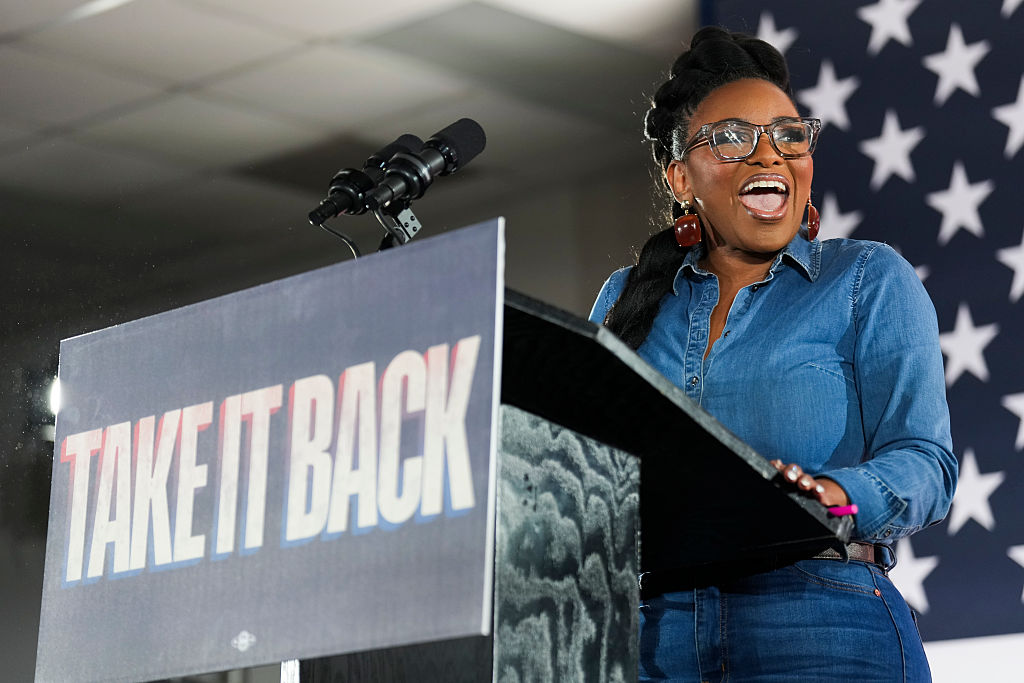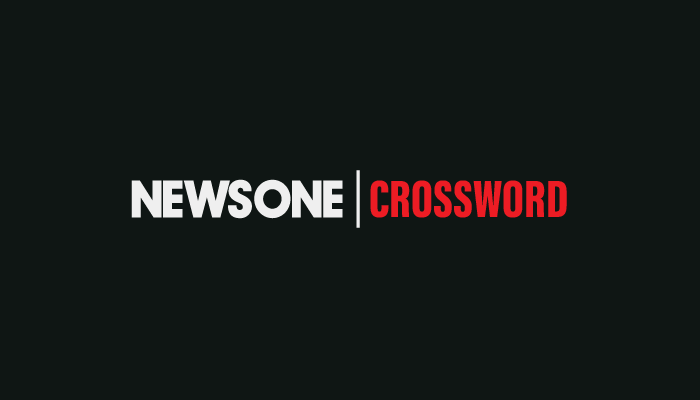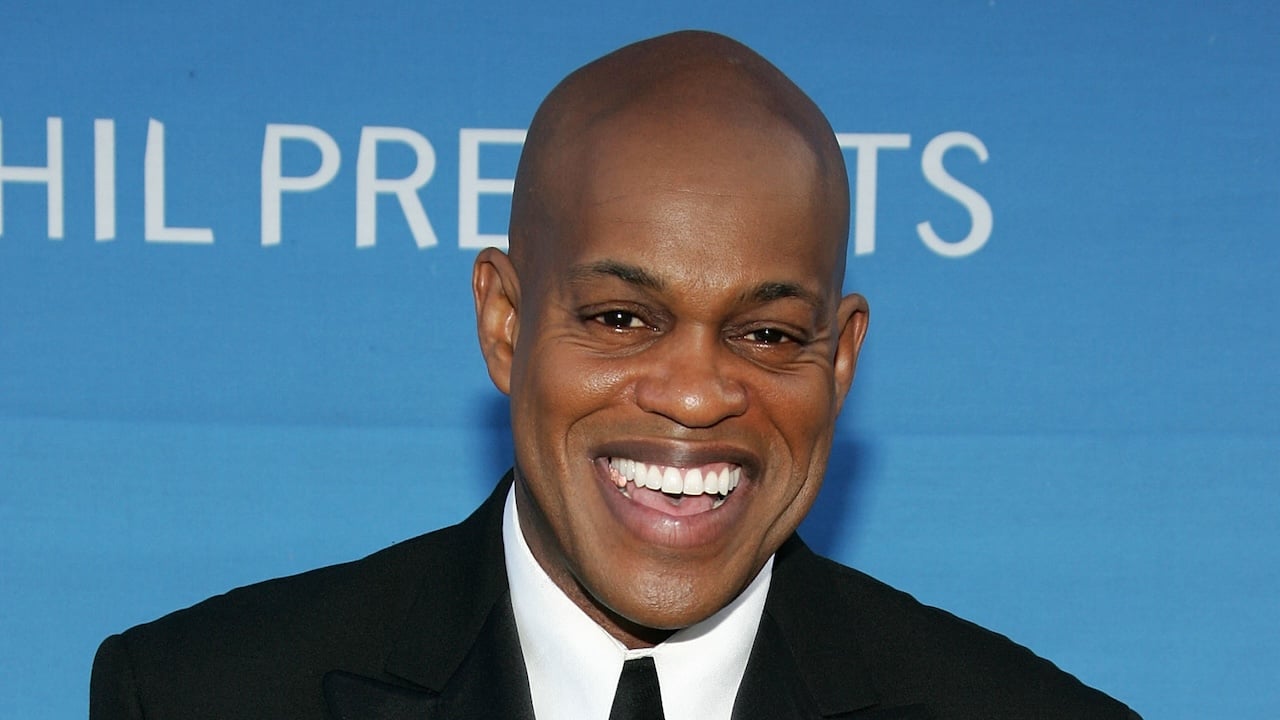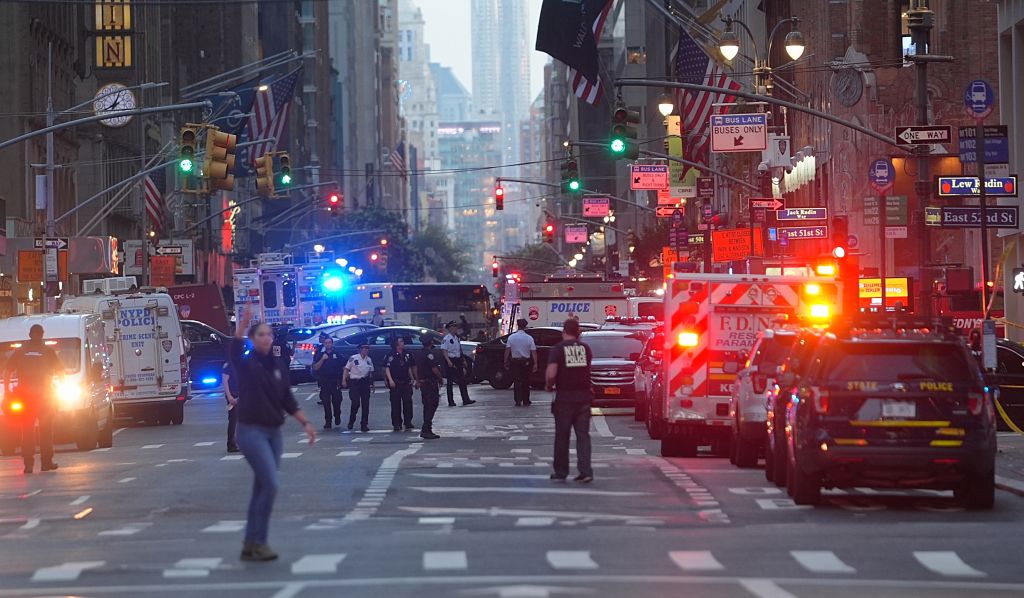Trump And Hegseth’s Quantico Meeting Was A Loyalty Test For A White Man’s Army

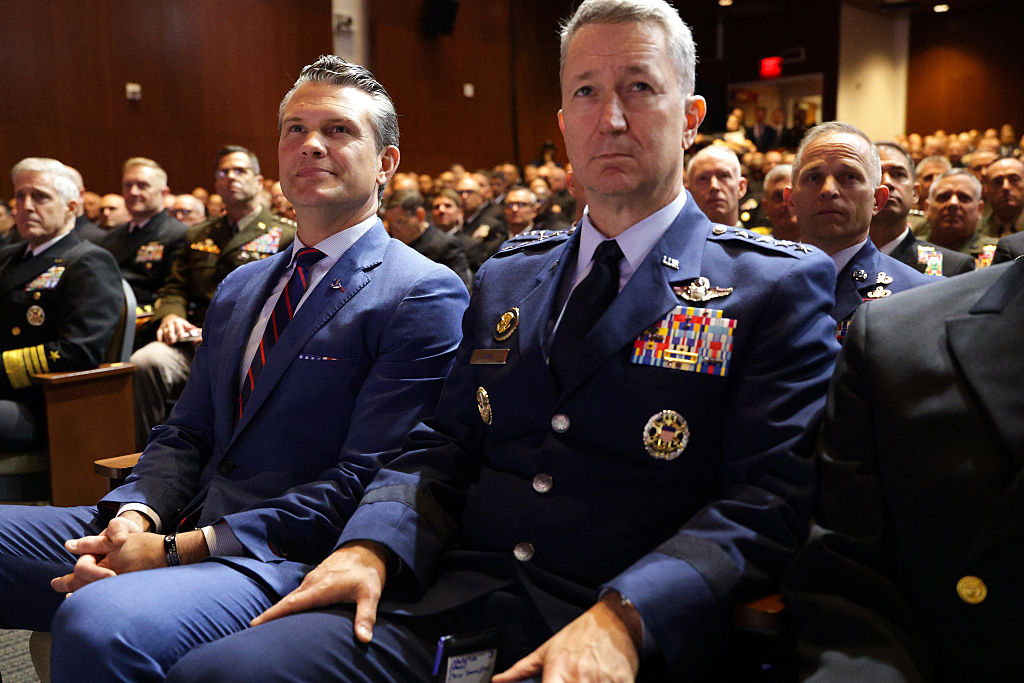
I’ll say what the press won’t: what happened at Quantico wasn’t military strategy. It was a racial war game.
Donald Trump and Pete Hegseth didn’t gather a room full of mostly white male generals and admirals to talk about China, Russia, North Korea, or Iran. They didn’t just mock “fat generals” or threaten dissenters. They staged a racial loyalty ritual. Every sneer about “wokeness,” every jab at “DEI,” every mockery of “diversity” was code. Code that told the brass their real job isn’t fighting foreign wars, it’s preparing to treat America’s Black and Brown communities as enemies of the state.
And when Trump called Democratic cities “training grounds,” the message was unmistakable: Detroit, Chicago, Atlanta, Baltimore, and Washington, D.C. These are the new battlefields in the Fourth Reich’s imagination. And calling this the Fourth Reich is not hyperbole; it’s a direct echo of how every fascist regime has defined loyalty through racial persecution and domestic terror. This gathering at Quantico was a declaration that the military’s loyalty test will be measured not just in obedience to Trump’s authoritarian mandate, but in its willingness to treat communities of color as targets.
The media has bent over backwards to avoid saying any of this. They describe the gathering as a strange spectacle, a political stunt, or a show of force, but they never connect the dots about who was in the room: row after row of white men in uniform, the living face of a military hierarchy that has always resisted true integration.
When they do dare criticize, they stick to the safest frame possible. Some pundits are saying that it was an inappropriate politicization of the armed forces. And they keep pretending like they didn’t hear the code words of white power coming out of Trump and Hegseth’s mouths. They run transcripts as though this was just a clash of personalities, repeating Hegseth’s sneer about “fat generals” as if it was only about fitness, ignoring the way it polices which bodies and which people “belong” in the body politic. They circle around Trump’s “training grounds” remark as if it were bluster, not a map of Black and brown cities marked for occupation.
So, while the press scrambles to soften, to reframe, to clip the edges off what was said, the truth stands: their silence is complicity. And omission is itself a white power move.
We know what “woke,” “DEI,” and “diversity” mean in this context. In Trump and Hegseth’s mouths, those words are just the sanitized vocabulary of Jim Crow reborn. They’re not talking about policy initiatives; they’re talking about people.
“Woke” is Black. “DEI” is brown. “Diversity” is queer, immigrant, different. It’s everyone who doesn’t fit their fantasy of a white, Christian, militarized America. When they sneered those words in a hall filled with white uniforms, they were telling the generals: your enemies are not across an ocean, they’re right here, in your ranks, in your streets, in your cities.
And when they spit out “DEI” and “diversity,” it is a call to purge. To purge Black officers from the pipeline. To purge women from command. To purge queer and trans soldiers from service. To purge immigrants from belonging. To purge every trace of difference until the military becomes what it was always imagined to be in their dreams: a white man’s army, loyal to a white man’s rule.
Why is purging those bodies essential to doing the violent work of white supremacy? Because purges are not side theater in the life of a fascist movement. Purging diverse bodies is how a regime makes violence possible, efficient, and sustainable.If you want an apparatus to terrorize a population along racial lines, you can’t keep people inside that institution who will object, slow it down, or refuse. So, you remove them.
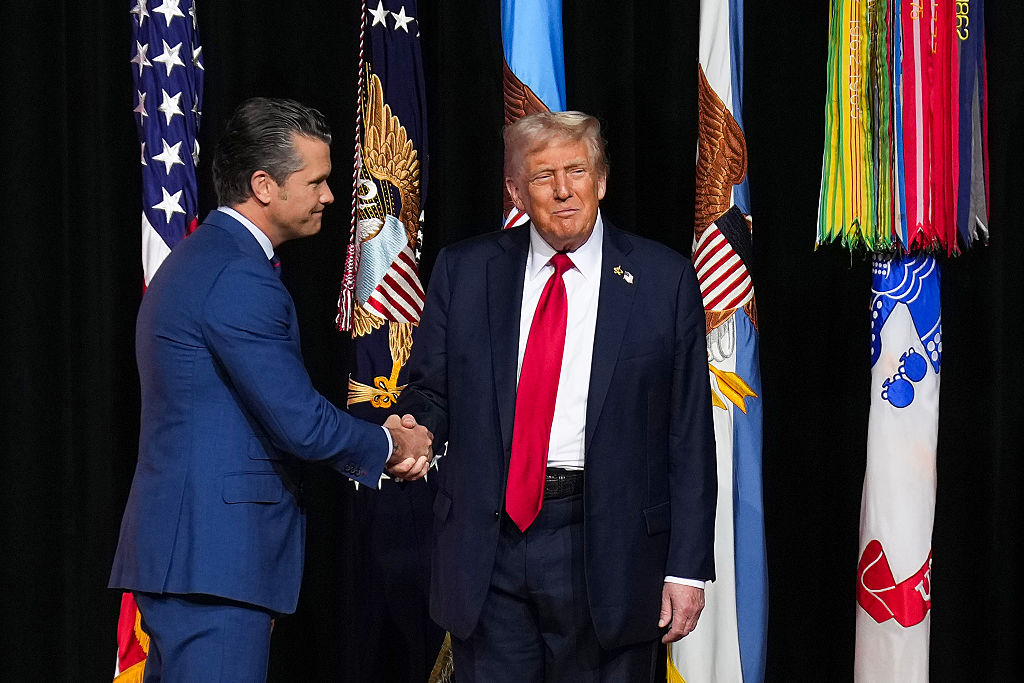
White supremacy has always needed to cleanse its ranks before it can unleash its violence. A military or police force that includes Black officers, queer soldiers, women in command, or immigrants in uniform carries within it the possibility of refusal, dissent, conscience. Those bodies disrupt the fantasy of a seamless white army. They complicate obedience. They raise questions, they resist, they remind the institution that its targets are human beings.
So, the purge becomes essential. First, it strips away conscience. Those who might hesitate to brutalize their own neighbors are branded disloyal and pushed out, leaving only those willing to obey without pause.
Second, it creates cohesion. When the only people left look the same, believe the same, and fear the same reprisals for dissent, groupthink becomes the norm and violence becomes easy. Third, it erases bridges. Purging difference means there are no longer insiders who can speak up for the communities being targeted, no more internal advocates reminding the ranks that they share blood, neighborhoods, or humanity with the supposed “enemy.”
Purges also increase operational efficiency. A racially cleansed force can be redeployed against Black and brown communities with less friction, because there are fewer chances of refusal or sabotage. Bureaucratically, it allows loyalists to seize the levers of promotion, rules of engagement, and accountability, ensuring that repression isn’t just permitted but protected.
Psychologically, it dehumanizes. Once the only faces you see in uniform are white, it’s easier to imagine that Black and brown faces outside the gates are foreign, threatening, and disposable.
Every purge sends a message to those who remain: step out of line and you’re next. That fear stifles whistleblowers, silences doubts, and hardens obedience. And with each expulsion, the regime consolidates narrative control. A purged institution presents a united, white face to the public, which makes it easier to sell repression as discipline, loyalty, and patriotism, not racial culling.
History shows the pattern clearly. Hitler’s Night of the Long Knives wasn’t just about rivals; it was about binding the army to his racial state. Franco’s limpieza wasn’t just political cleansing; it was cultural, ethnic, and religious. Pinochet’s “order” in Chile only functioned once he’d disappeared those who would refuse. And in every case, the purge came first, and then the violence followed.
That’s why the sneers at Quantico matter. Trump and Hegseth weren’t just insulting “fat generals” or mocking “wokeness.” They were signaling a test: who will laugh along, who will look away, and who will be forced out. That’s how you build a white man’s army, stripped of dissent, ready to see Black and brown communities not as citizens but as enemy combatants.
And we should be clear that the buildup is already underway. Every time troops have been dropped into American cities under the guise of “security” or “emergency,” it has been part of this rehearsal. Each deployment normalizes the sight of soldiers policing citizens. Each one blurs the line between “foreign enemy” and “domestic threat.” Each one softens resistance to the idea that troops belong on our streets.
Trump’s Quantico script only works because the groundwork has already been laid with the images of troops guarding monuments instead of protecting protesters, Humvees parked outside courthouses, and helicopters buzzing over neighborhoods in Democratic strongholds. These have all been test runs. And Quantico was the moment the regime said the quiet part out loud: the real training grounds are not abroad, they are here, in our cities, in our communities, in our lives.
Now go back and look at the photos of that meeting in Quantico. Look at the hundreds of mostly white, male commanders, seated in silence. Don’t think for one second that they don’t understand the subtext. They understand that Trump and “The War Department” aren’t calling for generic discipline. They’re calling for the re-racialization of the military. He’s telling them that the armed forces’ job is not to defend all Americans, it’s to defend the racial state.
Quantico wasn’t a meeting. It was the blueprint for a domestic enemy doctrine, the kind that every fascist regime has used to turn its soldiers inward. And unless we call it plain, unless we resist it in the open, the silence of those generals will harden into policy, and the racial state they bowed their heads to will march straight into our streets and turn them into occupied war zones.
Dr. Stacey Patton is an award-winning journalist and author of “Spare The Kids: Why Whupping Children Won’t Save Black America” and the forthcoming “Strung Up: The Lynching of Black Children In Jim Crow America.” Read her Substack here.
SEE ALSO:
What's Your Reaction?
 Like
0
Like
0
 Dislike
0
Dislike
0
 Love
0
Love
0
 Funny
0
Funny
0
 Angry
0
Angry
0
 Sad
0
Sad
0
 Wow
0
Wow
0






